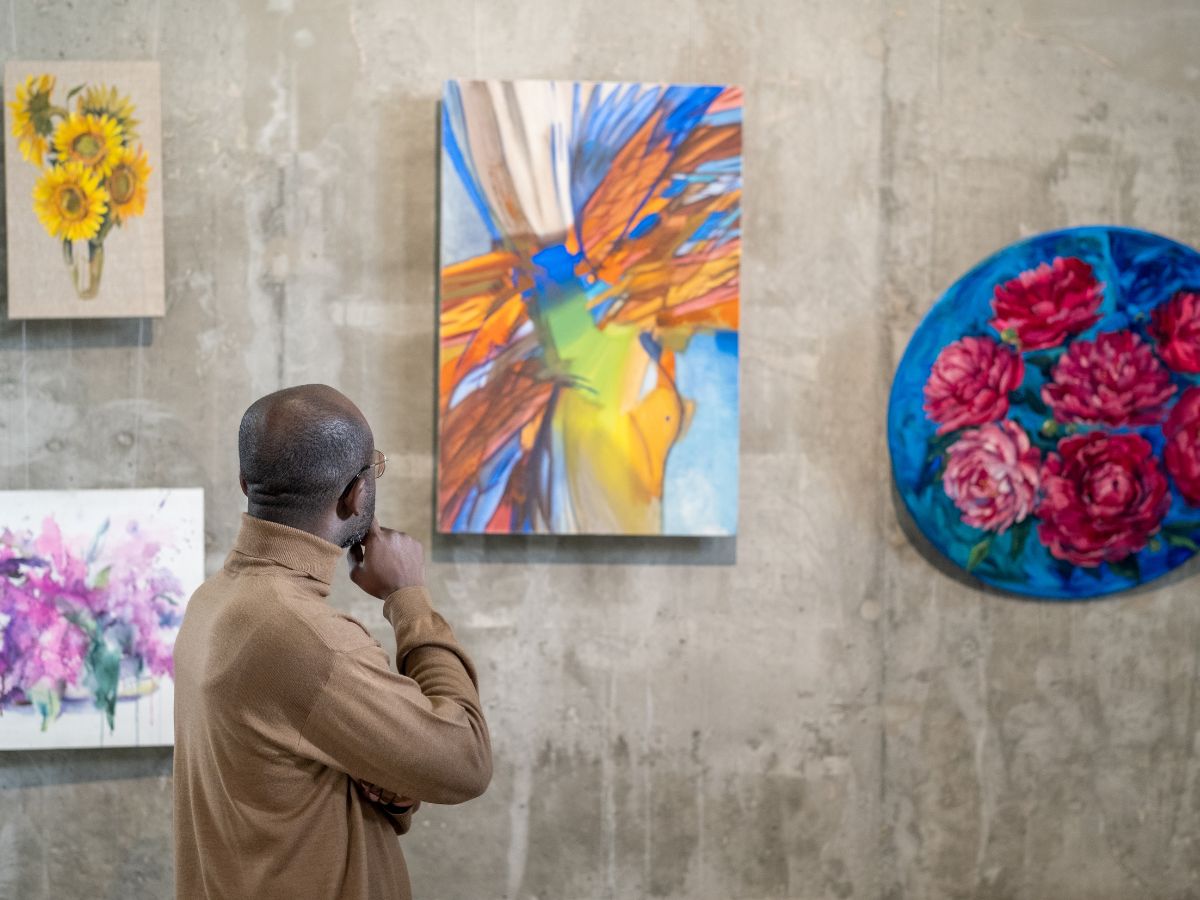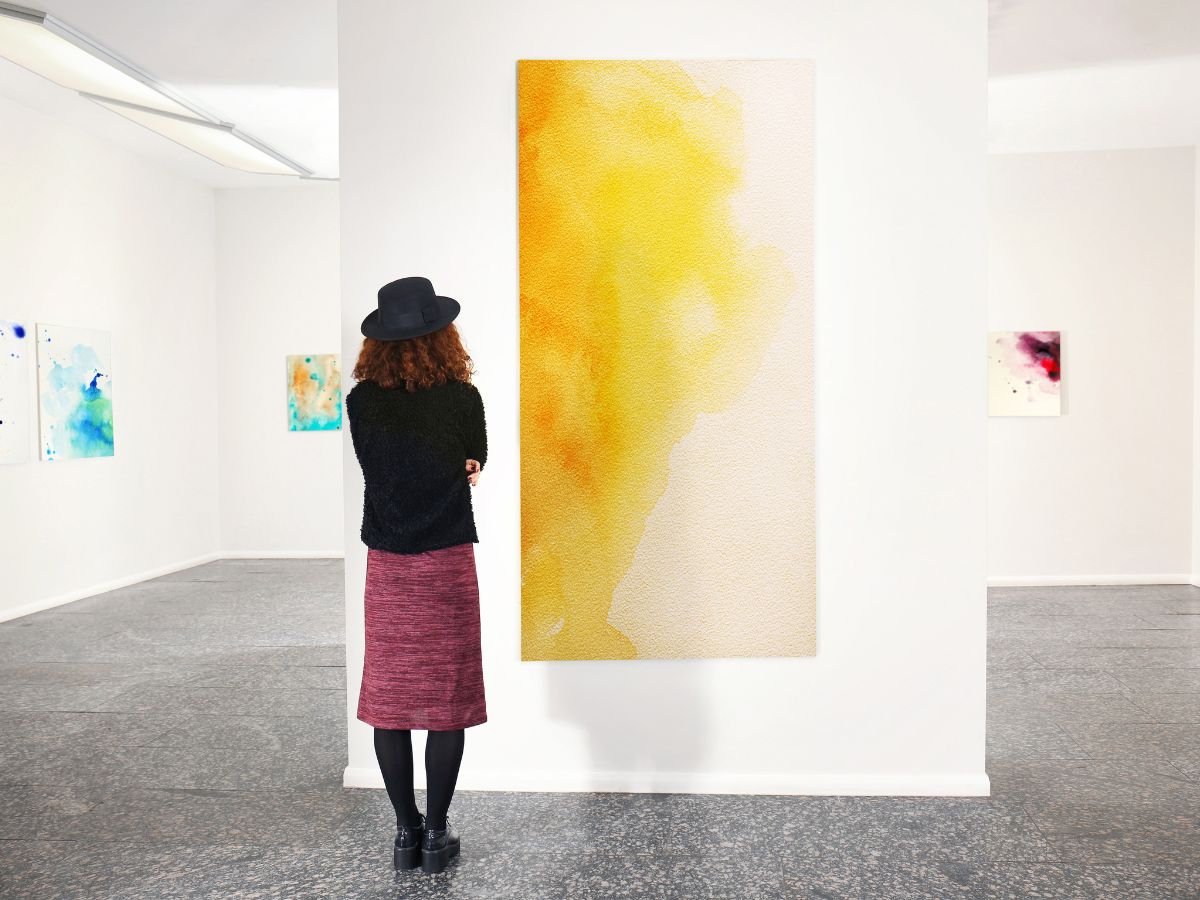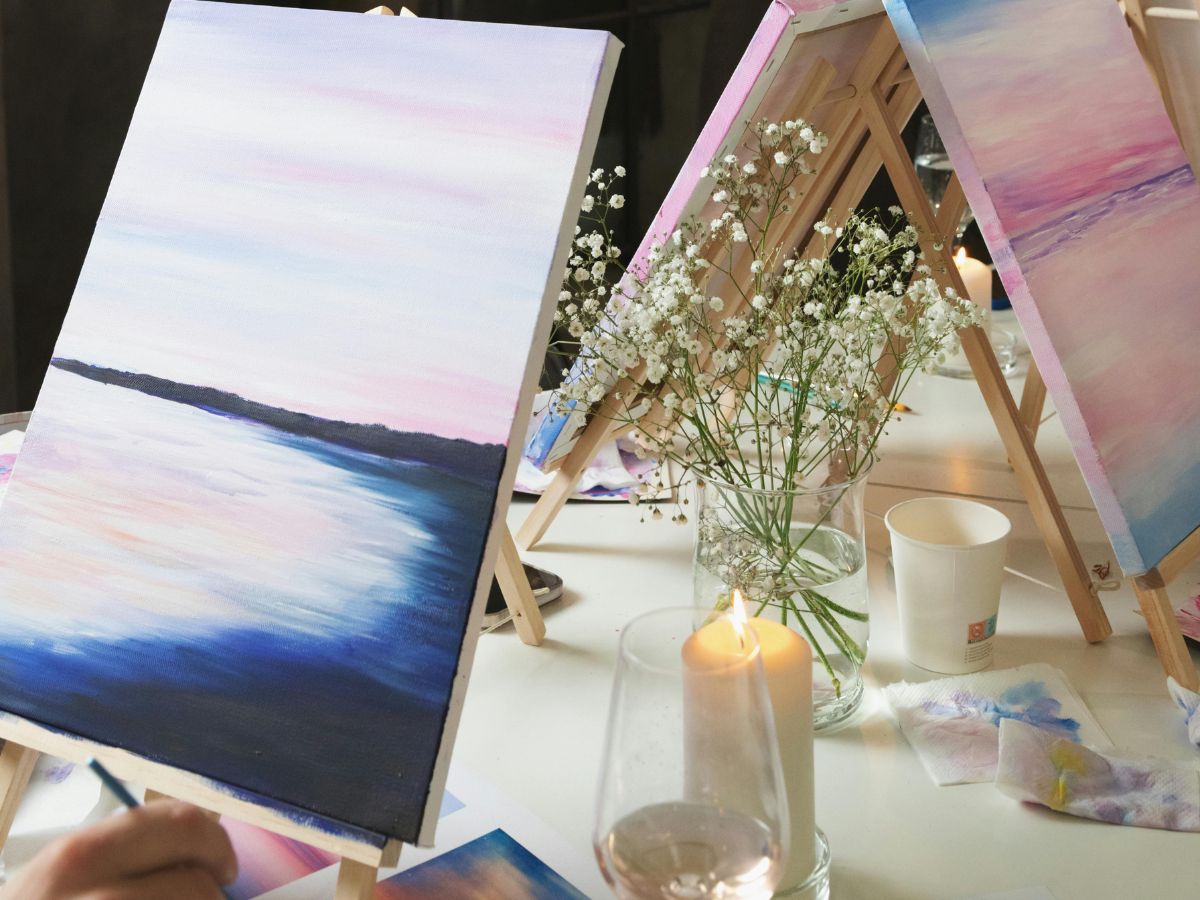Every painting whether a quick sketch or a large, refined work, typically moves through stages. Knowing these stages helps you work more deliberately, spot what phase you’re in, and avoid getting stuck. Here’s a breakdown of four common stages of painting.
1. Planning & Design (or “Pre-stage”)
Before a brush ever touches the canvas, you’re already painting in your head. This stage includes:
- Sketching thumbnails or rough compositions
- Deciding the format, aspect ratio, cropping
- Choosing a ground (tone) or underpainting color
- Working out value structure, major shapes, and color mood
Paintings with strong outcomes often start with a solid design: layout, balance, focal points. Some artists do several small studies here before committing to the final canvas.
Continue reading →









